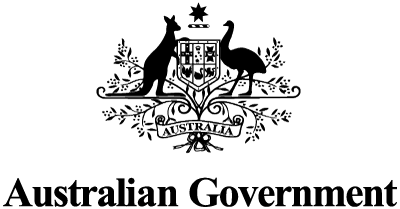We aim to provide documents in an accessible format. If you're having problems using a document with your accessibility tools, please contact us for help.
In Step A, the authorising environment requires clear scope, objectives and permission. It includes risk analysis – the use of risk tools to assess the priority and ensure the case for action is made.
After Step A, there is equal time investment in:
- policy initiation (steps B and C) – a third of effort and time will focus on understanding the issue and developing a case
- policy development and evidence (steps D, E and F) – a third of focus and time on outcomes, opinions and recommendation/advice
- evaluation and review (steps G, H and I) – a third of effort and time on implementation and evaluating the effectiveness of the policy.
Step B (understand the issue):
- Does the risk affect more than one jurisdiction?
- Analysis and assessment
- Is the case made?
Step C is Gateway 1. The options are:
- agreed priority for bi-national response –goes to the next step
- no further action
- jurisdictional response.
In Step D (describe the desired outcome), define success and intent.
In Step E (develop and evaluate options), the options are:
- no action
- not regulatory
- regulatory
- exploring, designing and testing – consider outcomes.
The full range of regulatory and non-regulatory and government or industry initiated options need to be explored in Step E, including:
- education
- partnering
- communication and information
- voluntary industry standards
- industry codes of practice
- incentive programs
- co-regulatory arrangements
- industry-driven alternative solutions
- development of food standards.
In Step F (policy advice), there is a recommendation and policy advice to ministers.
Step G is Gateway 2 – go or no go.
In Step H (build and implement), put in place the selected option.
In Step I (evaluation of effectiveness of policy), results will feed back into the policy strategy to reinforce why the issue required development.
This process (steps B to I) is flexible to facilitate back and to ensure issues are assessed adequately. A decision to discontinue the process can be made at any point.
Steps J and H occur throughout steps B to I. In Step J (communicate and engage):
- engage stakeholders
- listen to feedback
- consider partnering
- communicate on status
- consider implementation early.
In Step K (data, information and evidence):
- conduct an environment scan
- give stakeholders access to all data
- keep a central catalogue of known available data and potential source
- explore trusted partnerships
- use a range of risk tools with varying criteria throughout the process
- use the information and evidence to better inform risk analysis.


